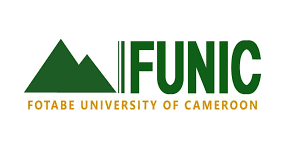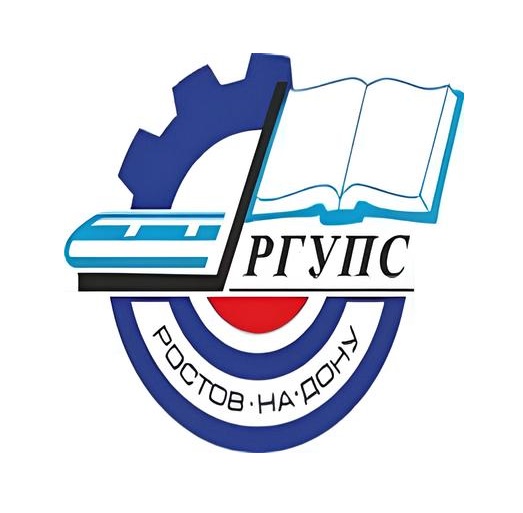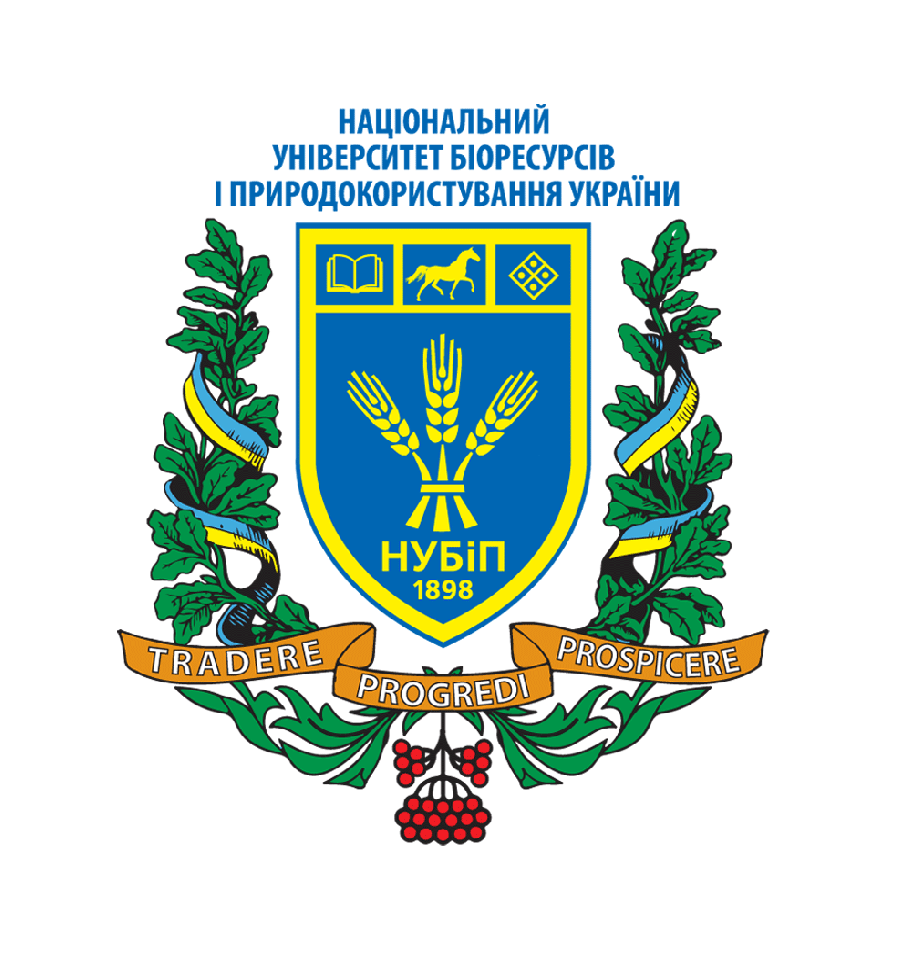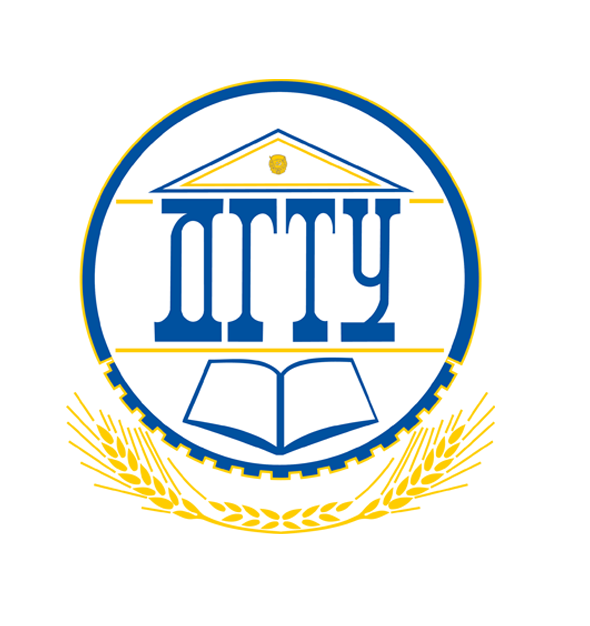Military Diplomacy Strategies Applied by AMISOM in Restoration of Peace and Security in the Horn of Africa
Abstract
Somalia has a long history of internally inspired terror, mainly arising from the threat of terrorism that has threatened both domestic and international interests and has drawn increased military efforts from both African continent partners and China and the United States. The aim is to investigate the strategies applied by AMISOM in military diplomacy in the Horn of Africa. The study adopted an exploratory and mixed-methods research design. A mixed-methods approach allows for the investigation of a broader and more complex research problem, enabling the researcher to utilize more than one approach, both quantitative and qualitative, for data collection. The study's target population included AMISOM staff, and relevant respondents provided sufficient information to answer the research questions. Currently, AMISOM has 22,000 military troops, 234 police officers, and 81 civilians. Moreover, the study equally targeted the Somali civilian population since they were important stakeholders in providing information on the effectiveness of military diplomacy in the country. Thus, the target population comprised 22,315 AMISOM staff and civilian contingents. Out of these, the study sampled 100. Primary data was collected from study respondents by means of a research questionnaire and an interview schedule. The data analysis process involved both qualitative and quantitative techniques. Content analysis was mainly used to analyze the qualitative data, which would be reported normatively. Quantitative research findings were analyzed and reported using descriptive statistics, tables, graphs, charts, and inferential statistics in Statistical Package for Social Sciences (SPSS v23). Moreover, the data analysis was structured objectively to address each of the study's research questions. This study suffices to demonstrate that AMISOM's involvement in Somalia was an act of military diplomacy occasioned by the need to foster peace and regional stability in the Horn of Africa region. The study demonstrated that AMISOM employs different military diplomacy strategies, although at different capacities. From the foregoing, the study points to the need for restructuring AMISOM's peace and security architecture to bring focus and responsiveness to the dynamic nature of the conflict and the enemy. The study recommends the need for further exploration into military diplomacy in Africa, especially given the dearth of empirical literature that is mainly from the West. Following this exploration of the role of military diplomacy in restoring peace and security in the Horn of Africa, this study points to research gaps on the influence of the civilian component in military diplomacy efforts on peace and security. Further, there is a need to understand the psychological effects of AMISOM troops participating in military diplomacy efforts in Somalia.
Published
How to Cite
Issue
Section
Copyright (c) 2022 Albert Lusiola Musoma

This work is licensed under a Creative Commons Attribution-NonCommercial 4.0 International License.
Most read articles by the same author(s)
- Albert Lusiola Musoma, Multi Agency Response to International Terrorism in Kenya: A Comparison of Dusit D2 and Westgate Terror Attacks , African Journal of Empirical Research: Vol. 2 No. 1&2 (2021): Jan-Dec 2021
- Albert Lusiola Musoma, Key Challenges Facing AMISOM in Military Diplomacy in the Horn of Africa , African Journal of Empirical Research: Vol. 2 No. 1&2 (2021): Jan-Dec 2021























